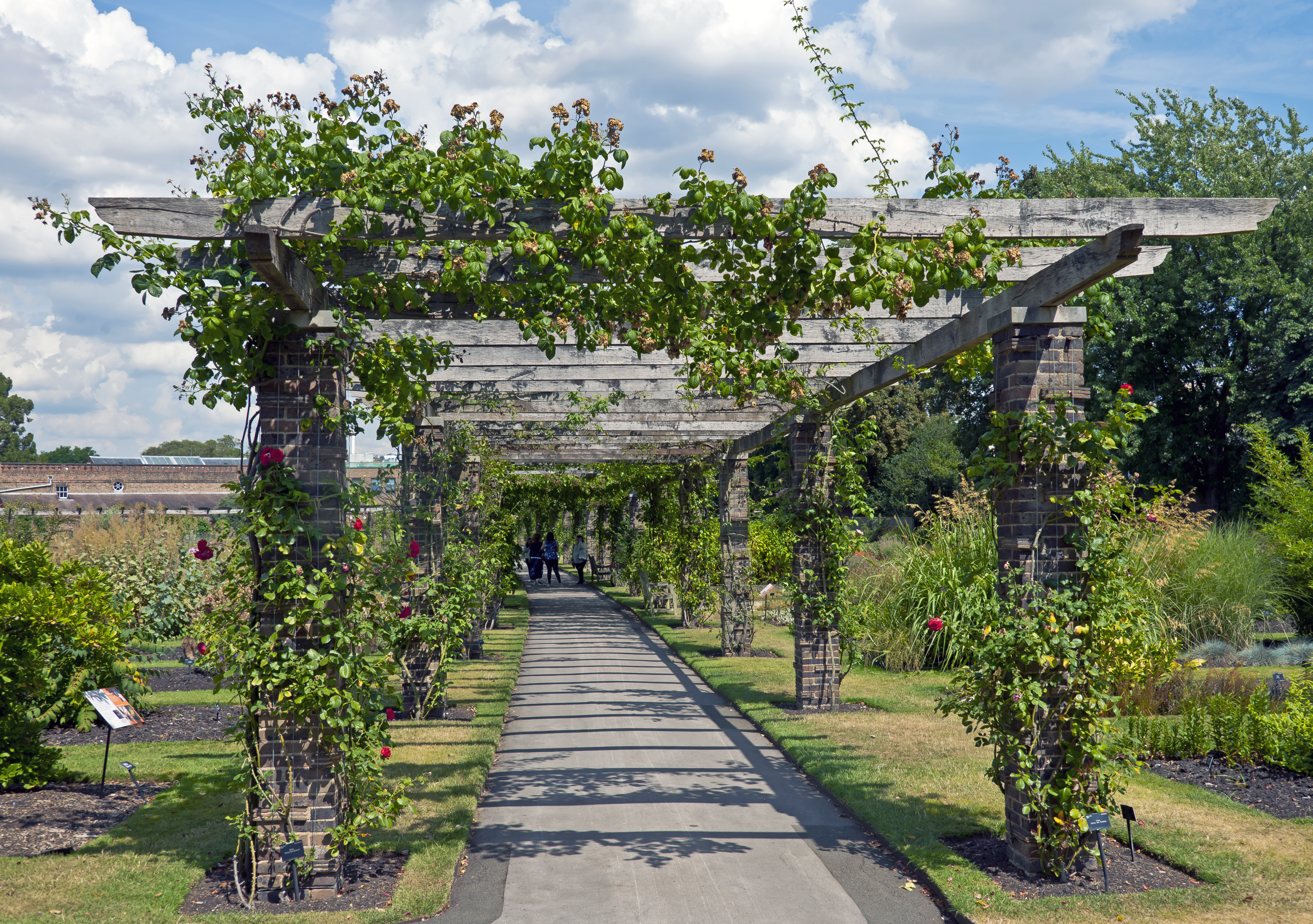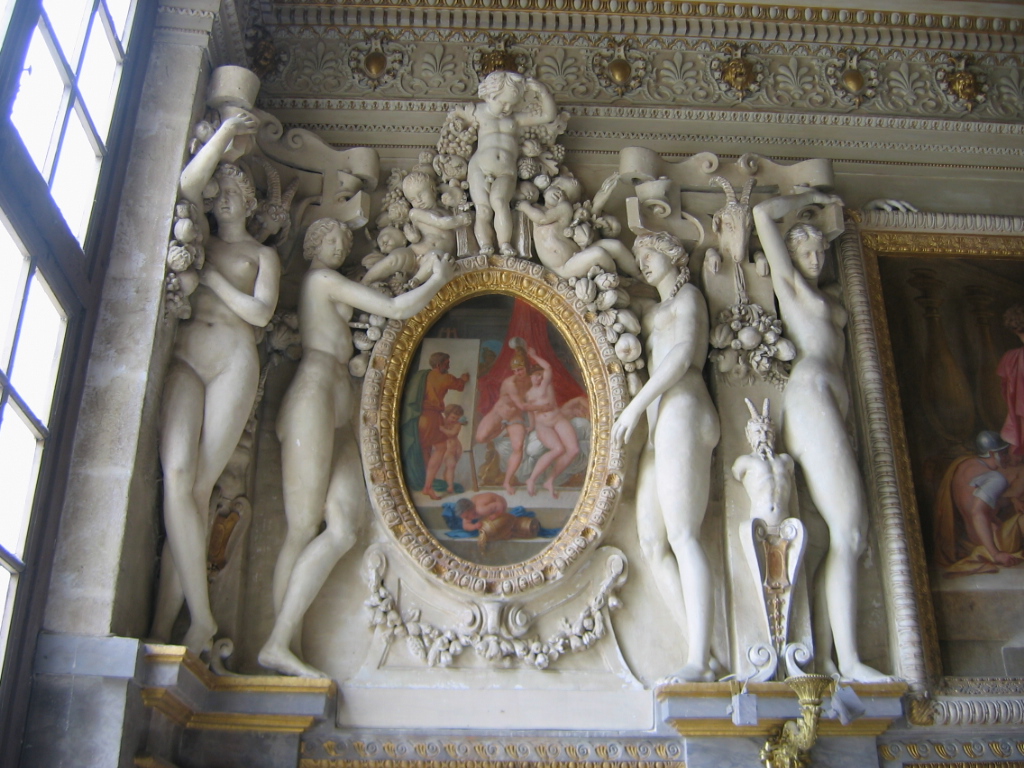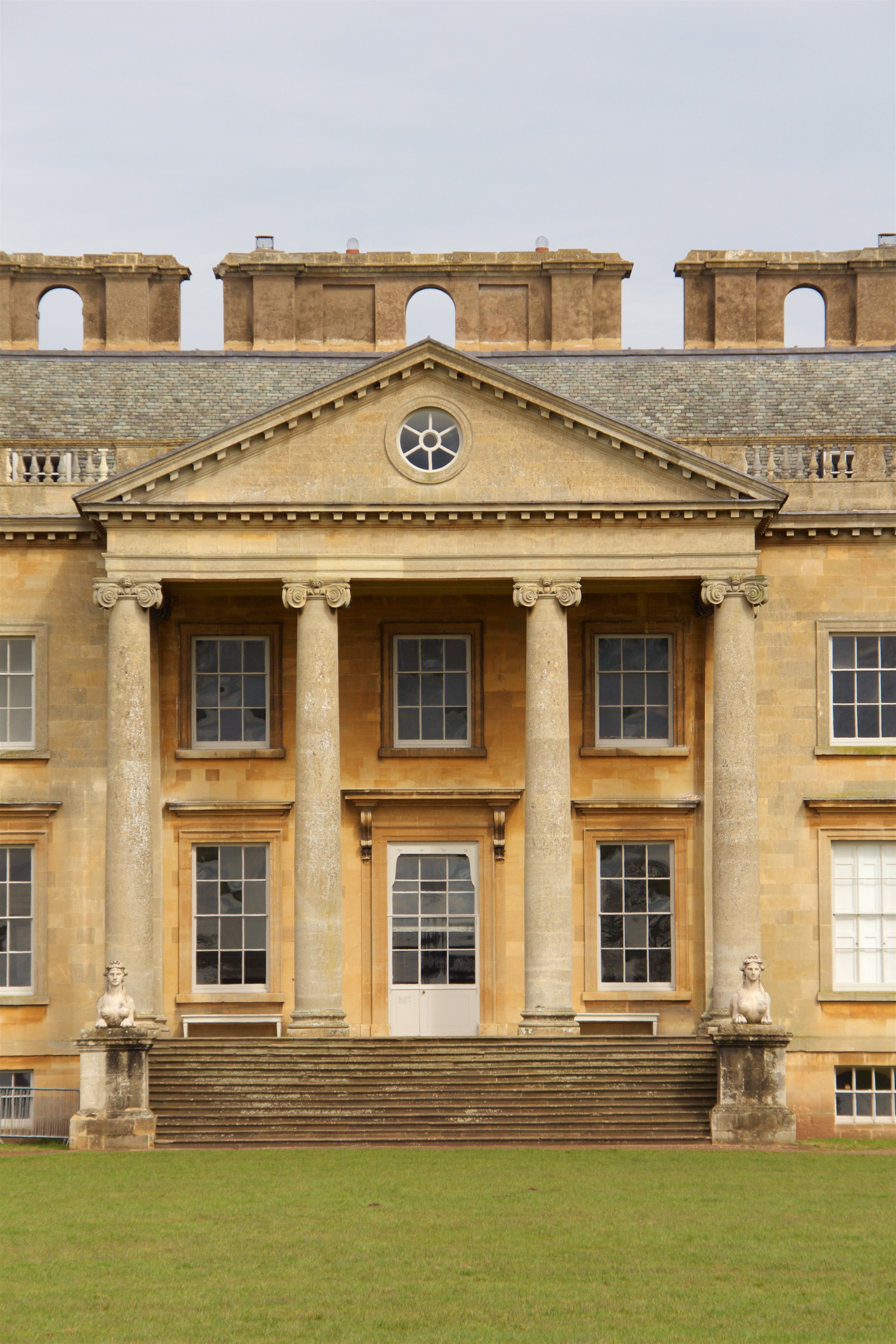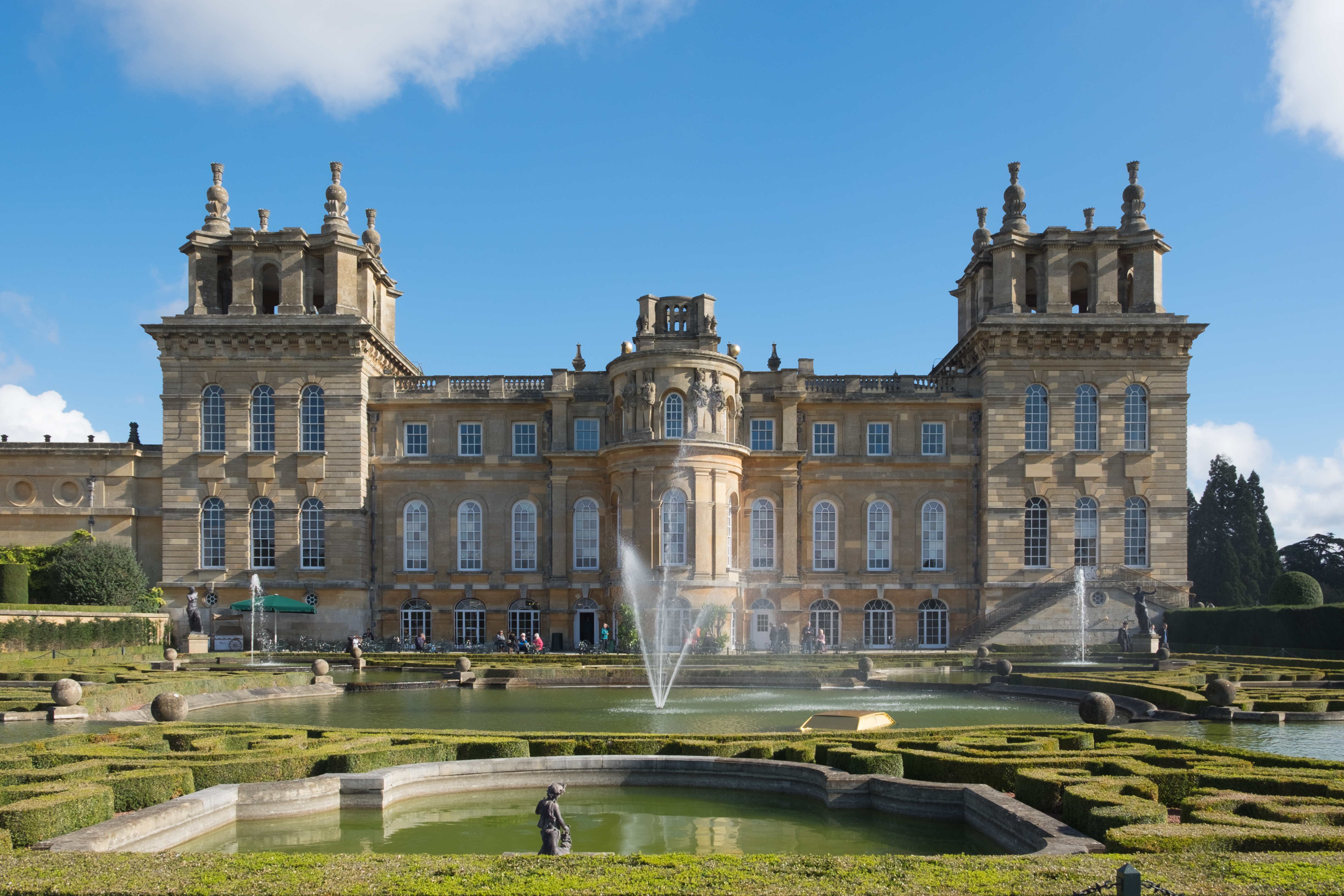|
Reverie (Marion, Alabama)
Reverie is a historic Greek Revival mansion built circa 1858 in Marion, Perry County, Alabama. It now serves as a residence and also historic house museum. It is listed on the National Register of Historic Places as a contributing property to the West Marion Historic District and was recorded by the Historic American Buildings Survey.Historic American Buildings Survey, #AL-773 (#24), AL-772 (#133), AL-774 (#142). It is featured in Ralph Hammond's ''Antebellum Mansions of Alabama'', Gregory Hatcher's ''Reverie Mansion and Gardens'', and Jennifer Hale's ''Historic Plantations of Alabama's Black Belt''.Hatcher, Gregory, comp. "Reverie Mansion and Gardens, Genteel Memories," 2001. History The property on which Reverie sits was sold on February 9, 1858, for $4,000, a large sum in that day, to Joseph Thompson Whitsitt, a planter (according to the census) and railroad investor. Wartime financial reverses led Mr. Whitsitt to sell the mansion on November 28, 1862, for $10,000 to Edwar ... [...More Info...] [...Related Items...] OR: [Wikipedia] [Google] [Baidu] |
Marion, Alabama
Marion is a city in, and the county seat of, Perry County, Alabama, United States. As of the 2010 census, the population of the city is 3,686, up 4.8% over 2000. First known as Muckle Ridge, the city was renamed for a hero of the American Revolution, Francis Marion. Two colleges, Judson College and Marion Military Institute, are located in Marion. This is noted in the city's welcome sign referring to Marion as "The College City". Of the 573 cities in Alabama, Marion is the 152nd most populous. History Early history Formerly the territory of the Creek Indians, Marion was founded shortly after 1819 as Muckle Ridge. In 1822 the city was renamed in honor of Francis Marion, the "Swamp Fox," hero of the American Revolutionary War. Marion incorporated as a town the same year and later became Perry County's second county seat as the hamlet of Perry Ridge was deemed unsuitable. In 1829 it upgraded from a town to a city. The old City Hall (1832) is but one of many antebellum public bu ... [...More Info...] [...Related Items...] OR: [Wikipedia] [Google] [Baidu] |
Molding (decorative)
Moulding (spelled molding in the United States), or coving (in United Kingdom, Australia), is a strip of material with various profiles used to cover transitions between surfaces or for decoration. It is traditionally made from solid milled wood or plaster, but may be of plastic or reformed wood. In classical architecture and sculpture, the moulding is often carved in marble or other stones. A "plain" moulding has right-angled upper and lower edges. A "sprung" moulding has upper and lower edges that bevel towards its rear, allowing mounting between two non-parallel planes (such as a wall and a ceiling), with an open space behind. Mouldings may be decorated with paterae as long, uninterrupted elements may be boring for eyes. Types Decorative mouldings have been made of wood, stone and cement. Recently mouldings have been made of extruded PVC and Expanded Polystyrene (EPS) as a core with a cement-based protective coating. Synthetic mouldings are a cost-effective alternative ... [...More Info...] [...Related Items...] OR: [Wikipedia] [Google] [Baidu] |
Parterre
A ''parterre'' is a part of a formal garden constructed on a level substrate, consisting of symmetrical patterns, made up by plant beds, low hedges or coloured gravels, which are separated and connected by paths. Typically it was the part of the garden nearest the house, perhaps after a terrace. The view of it from inside the house, especially from the upper floors, was a major consideration in its design. The word "parterre" was and is used both for the whole part of the garden containing parterres and for each individual section between the "alleys". The pattern or the borders of the beds may be marked by low, tightly pruned, evergreen hedging, and their interiors may be planted with flowers or other plants or filled with mulch or gravel. Parterres need not have any flowers at all, and the originals from the 17th and 18th centuries had far fewer than modern survivals or reconstructions. Statues or small evergreen trees, clipped as pyramids or other shapes, often marked ... [...More Info...] [...Related Items...] OR: [Wikipedia] [Google] [Baidu] |
Buxus
''Buxus'' is a genus of about seventy species in the family Buxaceae. Common names include box or boxwood. The boxes are native to western and southern Europe, southwest, southern and eastern Asia, Africa, Madagascar, northernmost South America, Central America, Mexico and the Caribbean, with the majority of species being tropical or subtropical; only the European and some Asian species are frost-tolerant. Centres of diversity occur in Cuba (about 30 species), China (17 species) and Madagascar (9 species). They are slow-growing evergreen shrubs and small trees, growing to 2–12 m (rarely 15 m) tall. The leaves are opposite, rounded to lanceolate, and leathery; they are small in most species, typically 1.5–5 cm long and 0.3–2.5 cm broad, but up to 11 cm long and 5 cm broad in ''B. macrocarpa''. The flowers are small and yellow-green, monoecious with both sexes present on a plant. The fruit is a small capsule 0.5–1.5 cm long (to 3 c ... [...More Info...] [...Related Items...] OR: [Wikipedia] [Google] [Baidu] |
Arbor (garden)
A pergola is most commonly an outdoor garden feature forming a shaded walkway, passageway, or sitting area of vertical posts or pillars that usually support cross-beams and a sturdy open lattice, often upon which woody vines are trained. The origin of the word is the Late Latin ''pergula'', referring to a projecting eave. As a type of gazebo, it also may be an extension of a building or serve as protection for an open terrace or a link between pavilions. They are different from green tunnels, with a green tunnel being a type of road under a canopy of trees. Pergolas are sometimes confused with "arbors," as the terms are used interchangeably. Generally, an "arbor" is regarded as wooden bench seats with a roof, usually enclosed by lattice panels forming a framework for climbing plants; in evangelical Christianity, brush arbor revivals occur under such structures. A pergola, on the other hand, is a much larger and more open structure. Normally, a pergola does not include ... [...More Info...] [...Related Items...] OR: [Wikipedia] [Google] [Baidu] |
Wisteria
''Wisteria'' is a genus of flowering plants in the legume family, Fabaceae (Leguminosae), that includes ten species of woody twining vines that are native to China, Japan, Korea, Vietnam, Southern Canada, the Eastern United States, and north of Iran. They were later introduced to France, Germany and various other countries in Europe. Some species are popular ornamental plants. The aquatic flowering plant commonly called wisteria or 'water wisteria' is in fact '' Hygrophila difformis'', in the family Acanthaceae. Etymology The botanist Thomas Nuttall said he named the genus ''Wisteria'' in memory of the American physician and anatomist Caspar Wistar (1761–1818). Both men were living in Philadelphia at the time, where Wistar was a professor in the School of Medicine at the University of Pennsylvania. Questioned about the spelling later, Nuttall said it was for "euphony", but his biographer speculated that it may have something to do with Nuttall's friend Charles Jones Wi ... [...More Info...] [...Related Items...] OR: [Wikipedia] [Google] [Baidu] |
Mahogany
Mahogany is a straight- grained, reddish-brown timber of three tropical hardwood species of the genus '' Swietenia'', indigenous to the AmericasBridgewater, Samuel (2012). ''A Natural History of Belize: Inside the Maya Forest''. Austin: University of Texas Press. pp. 164–165. . and part of the pantropical chinaberry family, Meliaceae. Mahogany is used commercially for a wide variety of goods, due to its coloring and durable nature. It is naturally found within the Americas, but has also been imported to plantations across Asia and Oceania. The mahogany trade may have begun as early as the 16th century and flourished in the 17th and 18th centuries. In certain countries, mahogany is considered an invasive species. Description The three species are: *Honduran or big-leaf mahogany ('' Swietenia macrophylla''), with a range from Mexico to southern Amazonia in Brazil, the most widespread species of mahogany and the only genuine mahogany species commercially grown today. Illega ... [...More Info...] [...Related Items...] OR: [Wikipedia] [Google] [Baidu] |
Inlay
Inlay covers a range of techniques in sculpture and the decorative arts for inserting pieces of contrasting, often colored materials into depressions in a base object to form Ornament (art), ornament or pictures that normally are flush with the matrix. A great range of materials have been used both for the base or matrix and for the inlays inserted into it. Inlay is commonly used in the production of decorative furniture, where pieces of colored wood, precious metals or even diamonds are inserted into the surface of the carcass using various matrices including clear coats and varnishes. Lutherie inlays are frequently used as decoration and marking on musical instruments, particularly the smaller strings. Perhaps the most famous example of furniture inlay is that of Andre-Charles Boulle (11 November 1642 – 28 February 1732) which is known as Boulle Work and evolved in part from inlay produced in Italy during the late 15th century at the ''Studiolo'' for Federico da Mont ... [...More Info...] [...Related Items...] OR: [Wikipedia] [Google] [Baidu] |
Plaster
Plaster is a building material used for the protective or decorative coating of walls and ceilings and for moulding and casting decorative elements. In English, "plaster" usually means a material used for the interiors of buildings, while "render" commonly refers to external applications. Another imprecise term used for the material is stucco, which is also often used for plasterwork that is worked in some way to produce relief decoration, rather than flat surfaces. The most common types of plaster mainly contain either gypsum, lime, or cement,Franz Wirsching "Calcium Sulfate" in Ullmann's Encyclopedia of Industrial Chemistry, 2012 Wiley-VCH, Weinheim. but all work in a similar way. The plaster is manufactured as a dry powder and is mixed with water to form a stiff but workable paste immediately before it is applied to the surface. The reaction with water liberates heat through crystallization and the hydrated plaster then hardens. Plaster can be relatively easily worke ... [...More Info...] [...Related Items...] OR: [Wikipedia] [Google] [Baidu] |
Portico
A portico is a porch leading to the entrance of a building, or extended as a colonnade, with a roof structure over a walkway, supported by columns or enclosed by walls. This idea was widely used in ancient Greece and has influenced many cultures, including most Western cultures. Some noteworthy examples of porticos are the East Portico of the United States Capitol, the portico adorning the Pantheon in Rome and the portico of University College London. Porticos are sometimes topped with pediments. Palladio was a pioneer of using temple-fronts for secular buildings. In the UK, the temple-front applied to The Vyne, Hampshire, was the first portico applied to an English country house. A pronaos ( or ) is the inner area of the portico of a Greek or Roman temple, situated between the portico's colonnade or walls and the entrance to the '' cella'', or shrine. Roman temples commonly had an open pronaos, usually with only columns and no walls, and the pronaos could be as lon ... [...More Info...] [...Related Items...] OR: [Wikipedia] [Google] [Baidu] |
Balustrade
A baluster is an upright support, often a vertical moulded shaft, square, or lathe-turned form found in stairways, parapets, and other architectural features. In furniture construction it is known as a spindle. Common materials used in its construction are wood, stone, and less frequently metal and ceramic. A group of balusters supporting a handrail, coping, or ornamental detail are known as a balustrade. The term baluster shaft is used to describe forms such as a candlestick, upright furniture support, and the stem of a brass chandelier. The term banister (also bannister) refers to a baluster or to the system of balusters and handrail of a stairway. It may be used to include its supporting structures, such as a supporting newel post. Etymology According to the ''Oxford English Dictionary'', "baluster" is derived through the french: balustre, from it, balaustro, from ''balaustra'', "pomegranate flower" rom a resemblance to the swelling form of the half-open flower (' ... [...More Info...] [...Related Items...] OR: [Wikipedia] [Google] [Baidu] |
Belvedere (structure)
A belvedere or belvidere (from Italian for "beautiful view") is an architectural structure sited to take advantage of a fine or scenic view. The term has been used both for rooms in the upper part of a building or structures on the roof, or a separate pavilion in a garden or park. The actual structure can be of any form or style, including a turret, a cupola or an open gallery. The term may be also used for a paved terrace or just a place with a good viewpoint, but no actual building. It has also been used as a name for a whole building, as in the Belvedere, Vienna, a huge palace, or Belvedere Castle, a folly in Central Park in New York. Examples On the hillside above the Vatican Palace, (circa 1480-1490), Antonio del Pollaiuolo built a small pavilion (''casino'' in Italian) named the ''palazzetto'' or the Belvedere for Pope Innocent VIII Pope Innocent VIII ( la, Innocentius VIII; it, Innocenzo VIII; 1432 – 25 July 1492), born Giovanni Battista Cybo (or C ... [...More Info...] [...Related Items...] OR: [Wikipedia] [Google] [Baidu] |





_29_Apr%2C_2009_-_panoramio.jpg)
.jpg)



